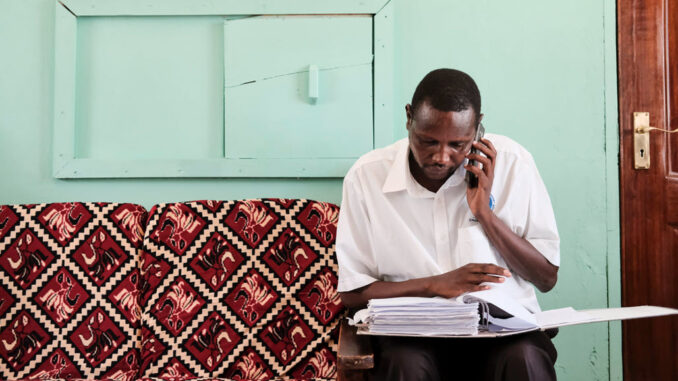
In a devolved country, adequate and timely intergovernmental financial transfers are often critical to the ability of subnational governments to operate effectively and deliver public services. A well-designed intergovernmental transfer system, when accompanied with sufficient capacity and proper accountability, can work well to support subnational government officials in the execution of budgets that serve the needs of their populations. In contrast, inadequate or delayed disbursements can form a major challenge that often substantially reduces the effectiveness of public service delivery at the subnational level. This is not any different for Kenya, with evidence of inadequate and delayed intergovernmental transfers to counties posing challenges to the effectiveness of county governments.
The mandatory legislation for the division of revenue between national and county governments is known as the Division of Revenue Act (DORA) and County Allocation of Revenue Act (CARA). The DORA is an act of parliament that provides for equitable division of national revenue between the National and County governments (vertical sharing) while the CARA is an act of parliament that provides for equitable allocation of national revenue among the county governments (horizontal sharing) for a given financial year. With the exception of 2020/21, these acts have always been approved substantially past legally provided deadlines. Insufficient revenue collection at the national level has invariably compounded the intergovernmental transfer process. At the county government level, the onerous requisition process including documentation requirements to trigger exchequer issues is also a cause of considerable delay. These requirements vary throughout the financial year, most onerous at the onset of the financial year, during initial budget preparation, but also occurring when bureaucratic processes at the national level require local budgets to be revised.
The Institute of Economic Affairs-Kenya (IEA Kenya) recently published an empirical analysis that seeks to establish why Kenya’s intergovernmental fiscal system is not working as effectively as it should. Specifically, the primary objective has been to investigate and determine the sources and extent of delays and their impact on counties’ budget execution in the aggregate as well as on individual counties.
The report highlights that the intergovernmental fiscal transfer system is not working effectively, and may be getting worse over time. Upfront, the report flags issues in the institutional design of the intergovernmental system, which proves destabilizing for an orderly transfer of resources to the counties. The inability of the National Treasury, the Commission on Revenue Allocation (CRA) and the Council of Governors (CoG), to reach a consensus on the division of revenue, often delaying the passage of DORA and CARA and consequently causes delays in transfers at the onset of the fiscal year. If the national government is unable to meet its budget calendar, it squeezes the time county governments have to plan their budget and have them passed by their respective county assemblies, undermining the quality of the development planning process besides significant challenges in meeting the bureaucratic requirement for authorization of funds.
Recommendations
- The Senate and the CRA should use evidence to improve and influence quality debate on the division of revenue with the National Treasury and the National Assembly.
- Parliament should enforce the “parity principle” to ensure that an equal spending proportionality is maintained for both the national and county even in periods of fiscal austerity.
- The National Assembly should question the National Treasury on the accuracy of the revenue forecast given this often results in revenue shortfalls which have consistently affected timely disbursement of funds to the counties.
- There is need for legislative clarity on explicit timelines for approval of DORB and CARB as soon as they have been tabled in Parliament in order to address delays in release of funds to counties.
- The Senate and the National Assembly should ensure that The National Treasury matches the revenue disbursement schedule with the revenue forecasts.
- To improve future development outcomes County governments should equally look in-wards and address other multiple factors including administrative issues that disproportionately affect execution of development budget.
- The Office of the Controller of Budget (OCoB) in conjunction with the National Treasury and the Central Bank of Kenya (CBK) should initiate reforms towards digitalization and decentralization as well as minimizing requirements for the process of formal requisition of monthly exchequer issues.
Read the empirical study on the website of the Institute of Economic Affairs-Kenya. The study was authored by Noah Wamalwa, John Mutua and Darmi Jattani (Institute of Economic Affairs-Kenya) and Harvey Galper and Reehana Raza (Urban Institute, USA).
Image credit: Flickr – K. Dhanji/ILRI. Vincent Mwangi, the sub-County Veterinary Officer for Balambala and Garissa Township, at the County Government Livestock offices in Garissa town, the capital of Garissa County, Kenya.





